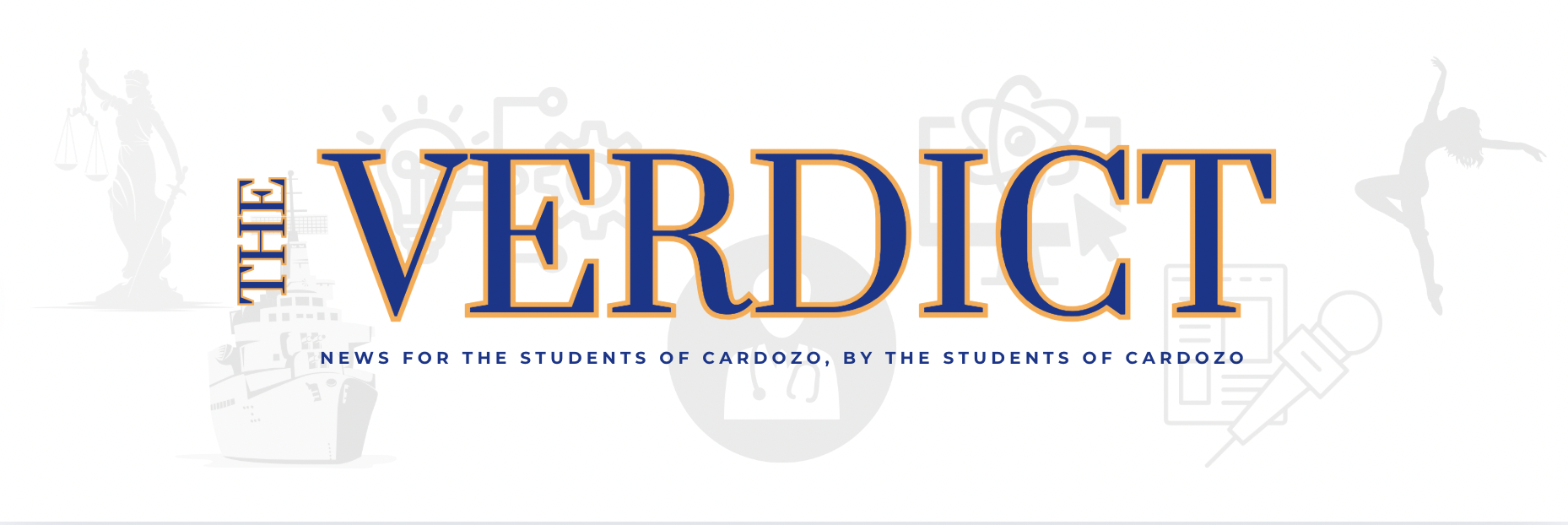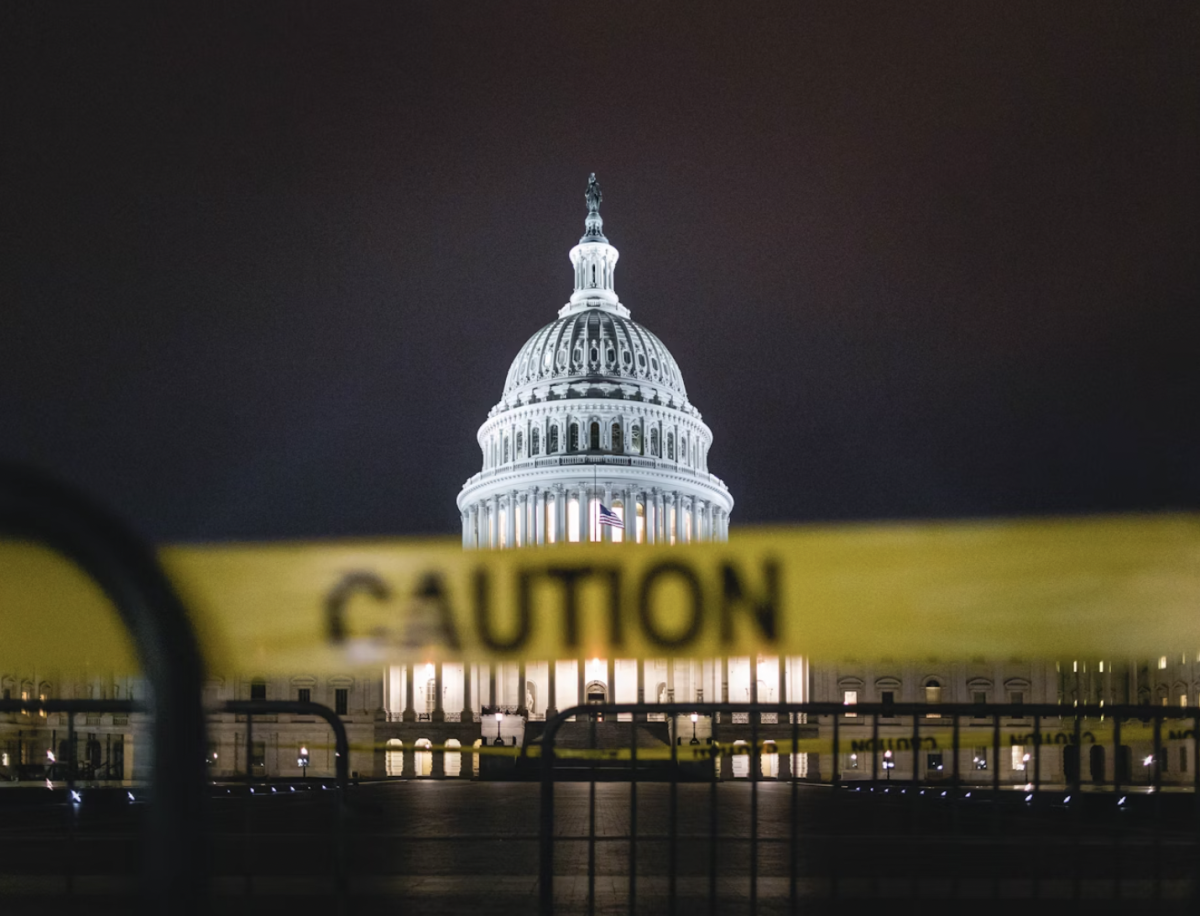On Oct. 1, the U.S. government began its official shutdown after Congress and the President could not reach a deal on federal funding. This is largely due to partisan disagreements over budget priorities and policy issues for the country as a whole.
This impasse resulted in a lapse of appropriations, forcing many federal operations to halt until a resolution was reached. This includes many federal employees being furloughed, or temporarily discharged, and many federally funded programs to be put on pause.
There has been an influx of news coverage on the government shutdown, focusing how federal workers and agencies are affected, as many services halted or delayed. The coverage also notes public reactions and the mounting pressure on lawmakers to reach a resolution as the shutdown continues. The standoff between President Trump and congressional leaders has only emphasized the political strategies at play.
The New York Times also examined historical precedents and potential outcomes if the deadlock persists. As it is now Day 29 of the shutdown, many people have been impacted. In Congress, proposed solutions are being debated as the shutdown progresses, however, at this point nothing has been settled or “fixed.”
The government shutdown is costing the travel industry approximately $1 billion per week. Closures of national parks, museums, and other federally managed sites have led to significant declines in tourism revenue. Prolonged shutdowns could have lasting negative effects on local economies dependent on travel and hospitality, which is why policymakers should consider these impacts in their negotiations.
As of Oct 29., federal employees have officially missed their first full paycheck, according to NBC.
Government shutdowns disrupt the U.S. industrial base, particularly sectors reliant on federal contracts and regulatory approvals. The report points out that delays in funding and decision-making can halt production lines, slow research and development, and weaken supply chains. CSIS stresses that repeated shutdowns undermine confidence among private sector partners and can erode the nation’s long-term industrial competitiveness.
The wide-ranging consequences of the 2025 government shutdown. Political gridlock has led to halted federal services, economic losses, and uncertainty for millions of Americans. The travel industry alone is losing billions, while critical sectors like manufacturing and research face operational setbacks. Both news outlets and expert organizations emphasize the urgent need for a bipartisan solution to restore government functions and mitigate further harm to the economy and society.
A compromise is urgently needed to minimize disruption to essential services and the economy. Although the shutdown has gravely impacted many Americans, this isn’t the first time a government shutdown has happened. The last shutdown was six to seven years ago, in 2018-2019. The reason for this shutdown was due to a failure to pass the legislation to fund government operations, as well.


